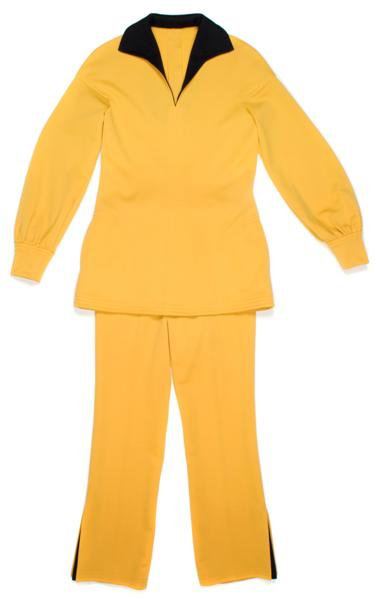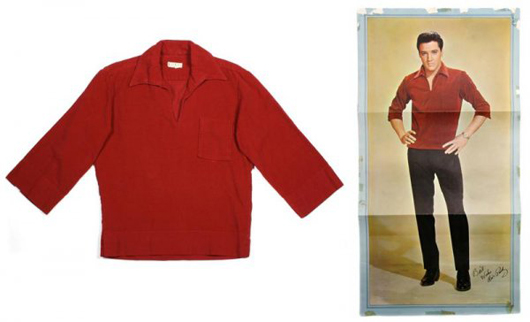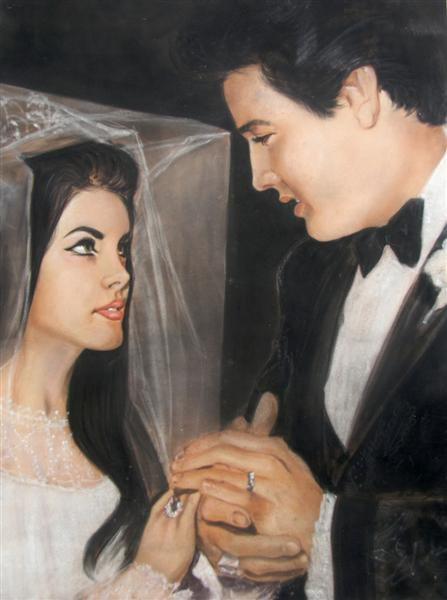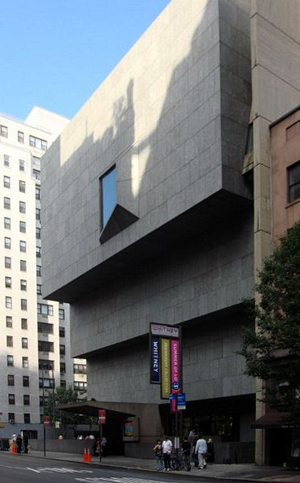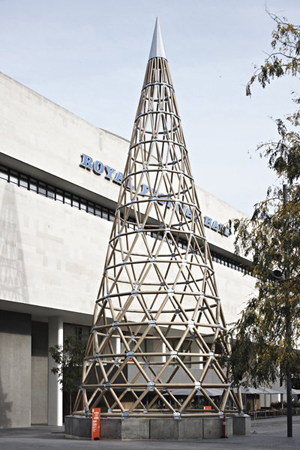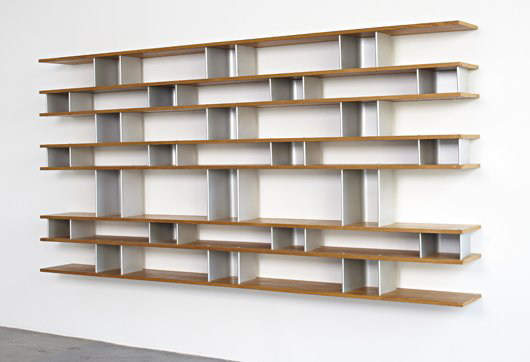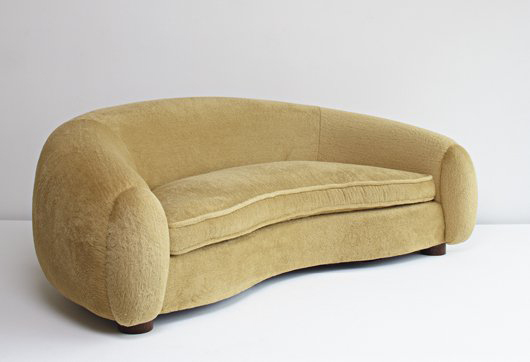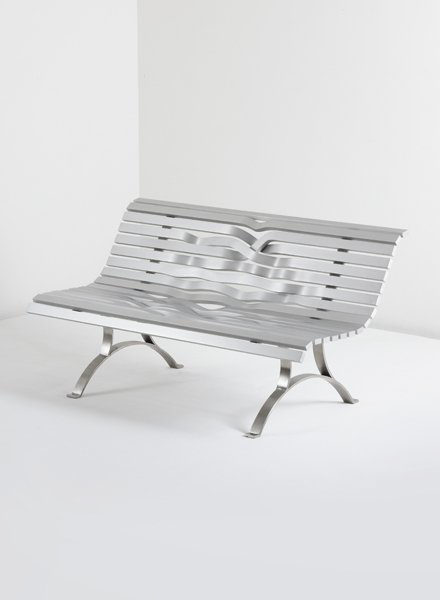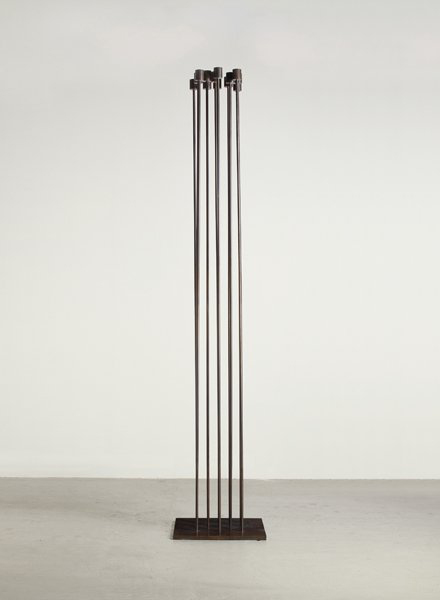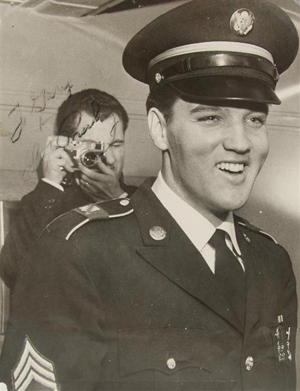
A private in the U.S. Army.
A clump of the King’s hair is the most unusual – and perhaps most valuable – piece in the Gary Pepper Collection of Elvis Presley Memorabilia, which will be sold by Leslie Hindman Auctioneers on Oct. 18. The auction begins at noon Central. LiveAuctioneers.com will provide Internet live bidding.
The locks are believed to have been shorn from Elvis’ head when he was inducted into the Army in 1958. The hair was given to Pepper, who was president of a national Elvis Presley fan club.
Early in his career, Presley befriended Pepper, a young man with cerebral palsy, who ultimately became a close friend and the president of one of the King’s first fan clubs. Pepper’s position allowed him to amass a significant collection of personal effects gifted to him from Presley.
According to John Reznikoff, an expert in celebrity hair authentication, “the hair appears to match the hair in my collection [from same U.S. Army haircut] in coarseness and color … this is more than likely a genuine lock of Elvis’ hair.”
Although estimated at $8,000-$12,000, the hair may sell for as much as $100,000, experts say.
An autographed black and white photo of Elvis in uniform will be sold at the auction. It pictures a smiling Sgt. Presley with a photographer in the background. With handwritten inscriptions to Pepper, the photo has $1,500-$2,500 estimate.
An original pastel wedding portrait of Elvis and Priscilla Presley, identical to one that hung in the foyer of Graceland for many years, is another highlight of the 146-lot auction. The portrait is after a photograph of the couple that was included in a limited release LP of Clambake. The painting has an $8,000-$12,000 estimate.
Several articles of Elvis clothing will be sold at the auction. A yellow jersey ensemble is reminiscent of the King’s stage jumpsuits. With a stand-up black collar and bellbottom pants, the suit is expected to sell for $4,000-$6,000. A red ultrasuede shirt that Elvis wore in a publicity photograph for RCA in 1963 has a $2,000-$4,000 estimate.
A portion of the proceeds from the auction will be donated to United Cerebral Palsy of the Mid-South.
For details call 312-280-1212.
View the fully illustrated catalog and sign up to bid absentee or live via the Internet during the sale at www.LiveAuctioneers.com.
Click here to view Leslie Hindman Auctioneers’ complete catalog.
ADDITIONAL LOTS OF NOTE

